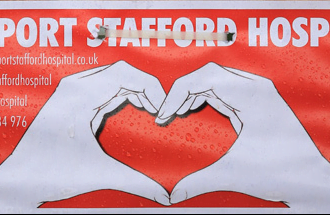Problem resolution methodology is without a doubt an integral part of a patient experience strategy. When a patient incident inevitably arises, organizations tend to miss out on a golden opportunity to establish a strong relationship with the affected patient.
Problem resolution methodology is without a doubt an integral part of a patient experience strategy. When a patient incident inevitably arises, organizations tend to miss out on a golden opportunity to establish a strong relationship with the affected patient. In general, when a customer “complains” about a product or service failure, organizations become defensive and often rush to come up with a resolution to temporarily pacify the involved customer.
Smart organizations take time to understand the root cause of the problem, involve the customer in the resolution process, and most importantly record and communicate the incident to eliminate future occurrences.
The Need for an Enterprise-wide Technology Platform
Effective incident reporting requires a common, enterprise-wide technology platform that can capture, organize, communicate, and report incidents to every member in the organization. For example, it is imperative that a provider be able to pull up a patient record and see that the patient had a pervious incident where he or she experienced an abnormal reaction to a particular medication. Other examples can include incidents regarding room placement, noise, bathroom cleanliness, wait time, and communication problems. Knowing about prior incidents that can be linked to specific patients, providers, or equipment is imperative to reducing future risk. A database that houses and easily displays data regarding patient incidents is a powerful tool that can be leveraged to enhance quality of care and patient satisfaction.
The Impotance of Tracking & Reporting
Take into consideration the ability to identify a quality issue with a particular piece of equipment or method of treatment. Without the ability to track and report incidents, it would be difficult to expose the root cause of a specific issue. Incident reporting enables organizations to effectively uncover the “missing link.” For example, if several patients are readmitted throughout the year after a particular surgical procedure, an effective incident reporting system can possibly link those cases to a piece of equipment that may not be functioning properly or a provider who may not be following standard operating procedures. Otherwise, those readmission cases would be handled in silos and the root quality problem may continue to affect other patients.
The primary goal of every healthcare organization is to safely treat patients and reduce risk. Successful incident tracking enables healthcare systems to improve the quality of care, reduce risk, and employ patient satisfaction strategies to enhance the overall patient experience.


![]()







